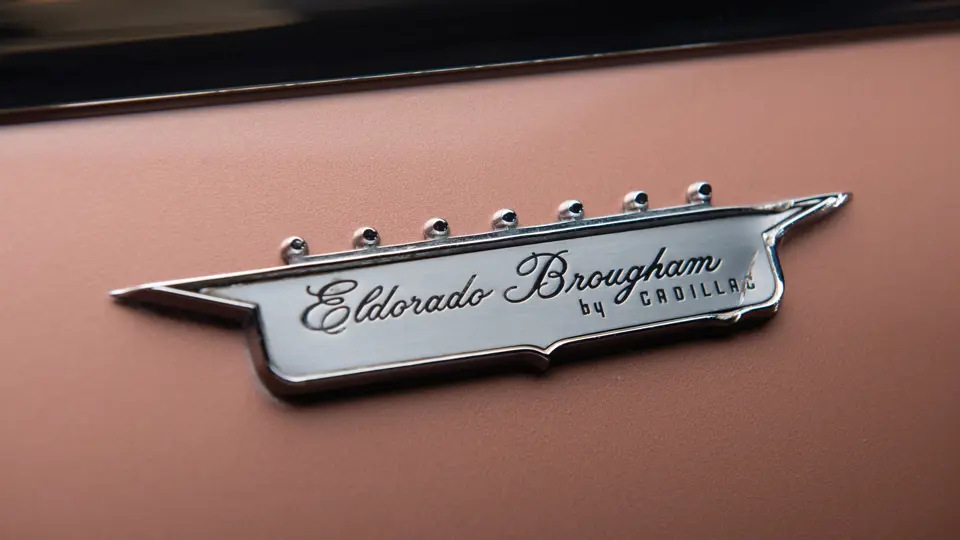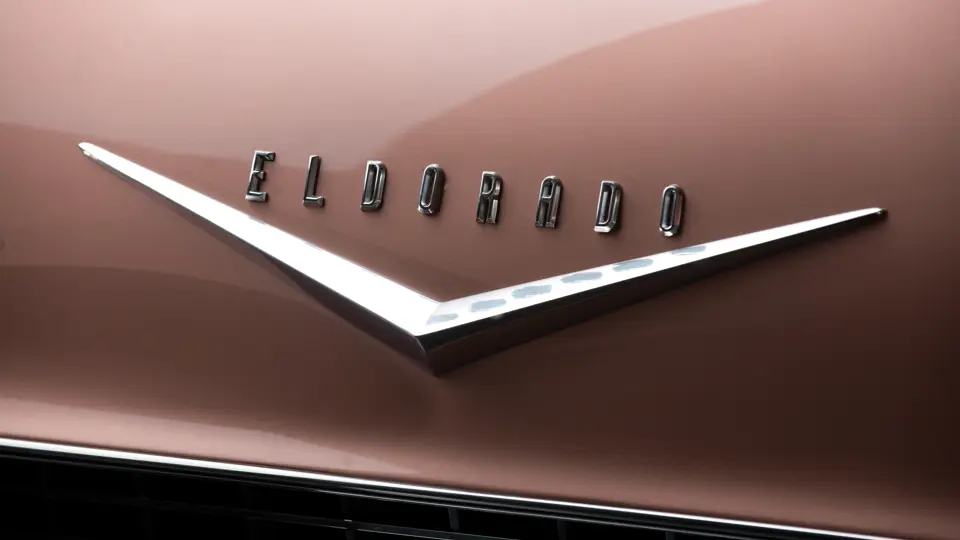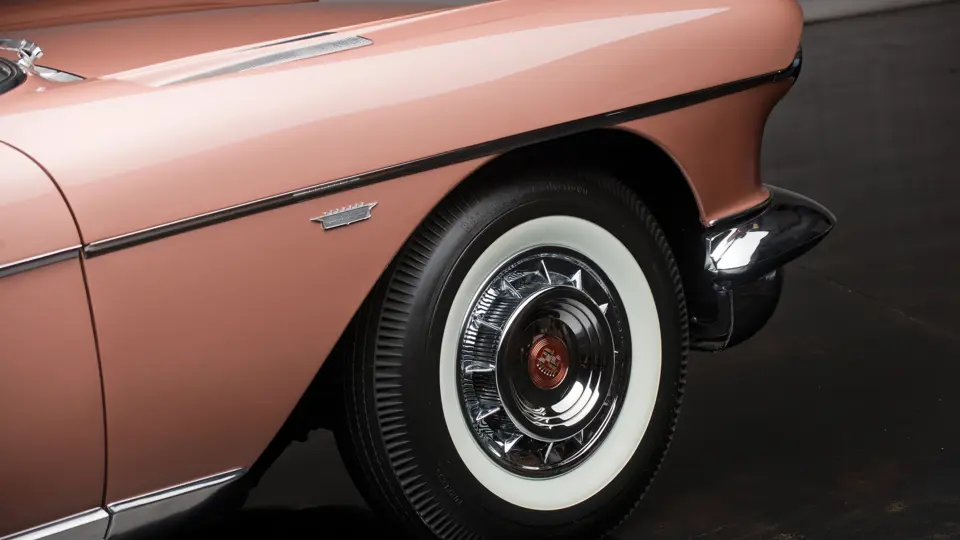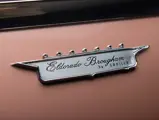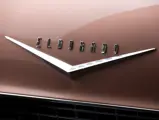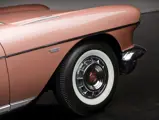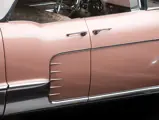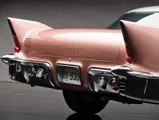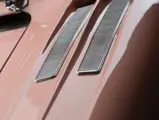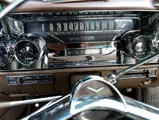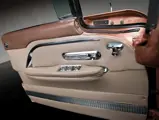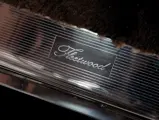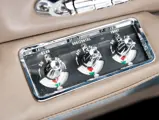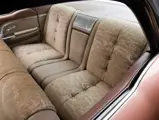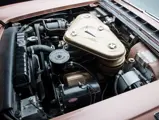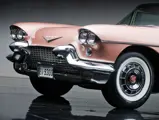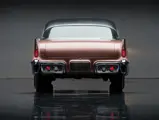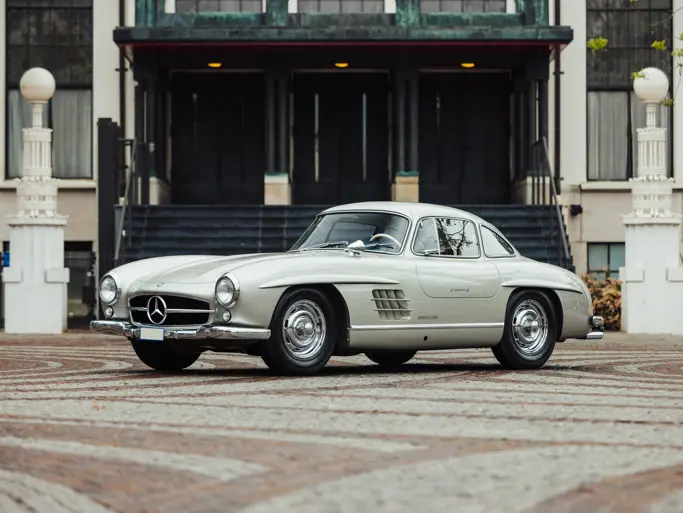Series 70. 325 bhp, 365 cu. in. OHV V-8 engine, four-speed Hydra-Matic automatic transmission, coil spring independent front suspension, live rear axle with semi-elliptic leaf springs, and four-wheel power hydraulic drum brakes. Wheelbase: 126 in.
It is hard to imagine an American automaker today building a four-door sedan that would be priced higher than a new Ferrari or Rolls-Royce. In the 1950s, it was a different time. Glitter was good, bigger was better, and too many accessories was just right in the age of neon, and Ford had upped the ante with the introduction of its Continental Mark II, a two-door coupe so elite that the Blue Oval didn’t even bother calling it a Lincoln. It was an era ripe for the ultimate Cadillac: a car heaped with everything that General Motors’ engineering and styling gurus could throw at it.
Harley Earl’s styling team contributed multiple new ideas, including four-door hardtop sedan bodywork, with side windows that disappeared completely, frames and all; rear-hinged rear doors, a throwback to the 1930s; and a broad expanse of sparkling brushed stainless steel roof. Quad headlights were exclusive to the model—and still illegal in most states. The engineering staff worked out a litany of power accessories, so numerous that “power everything” wasn’t just a convenient phrase, it was a reality. The trunk lid and rear doors not only opened with the push of a button, but they closed with one too, and the doors would lock automatically when the transmission was put in gear. A memory front seat was a first for a production car, as were the forged aluminum wheels. Naturally, there was air conditioning.
The car was so fully-equipped that the glove box even came filled. Cadillac thoughtfully provided a lady’s vanity case with compact, powder puff, comb and holder, lipstick, and coin holders, as well as six drink tumblers, a tissue dispenser, and a cigarette case. The rear seat armrest opened to reveal a notepad and pencil, a mirror, and a perfumer atomizer, which came with a complimentary ounce of Arpège by Lanvin.
All of this high living came at a cost of $13,974, which was twice the cost of the Eldorado Biarritz Convertible. In fact, one had to look long and hard to find a production car anywhere in the world that was as expensive as an Eldorado Brougham. Cadillac reportedly lost $10,000 on every car built, which was why the original “Eldo Bro” lasted for only two years and 704 examples.
Don Davis’ example was the 312th built, and it was reportedly one of two identical cars purchased new by a pair of brothers from Texas. Having remained in the Lone Star State since new, it was acquired from the family by well-known Texas collector Wayne Davis, and it underwent a cosmetic restoration in its original Copper with beige “Parisienne” cloth and leather interior and mouton carpets. Then, Mr. Don Davis acquired the car from the previous Mr. Davis several years ago. Like most Eldorado Broughams, it has long since lost its original vanities and has been converted from the original air suspension to conventional springs, for durability’s sake, but retains the very rare original aluminum wheels, which have been swapped out for wire wheels on most surviving cars. It represents as an honest, largely original car in outstanding overall condition, with excellent chrome, beautiful deep paint, and a perfect stainless steel top, and it has only 43,000 actual miles.
This beautiful Eldorado Brougham would be ideal for drifting majestically through the Texas prairie, just as it has for its entire life, or venturing onward to new, appropriately glamorous adventures.


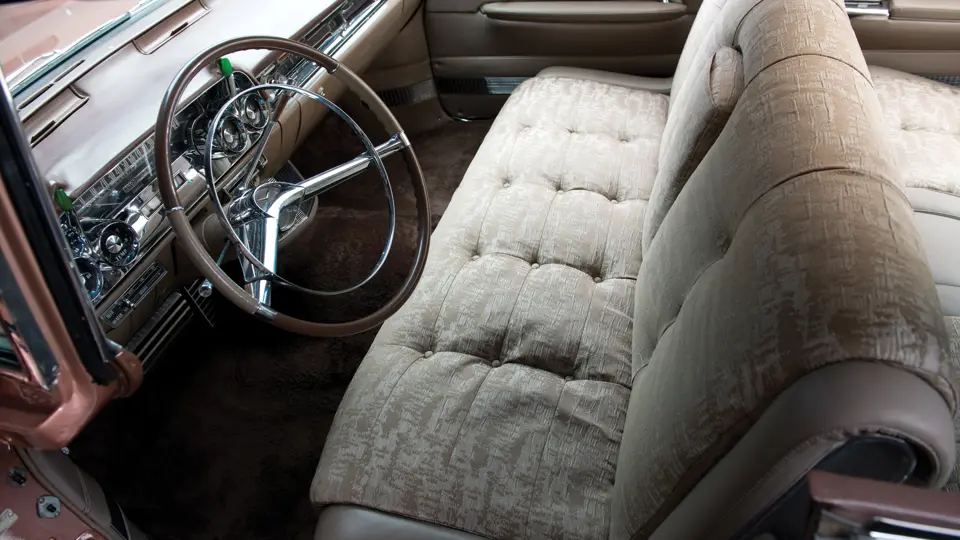

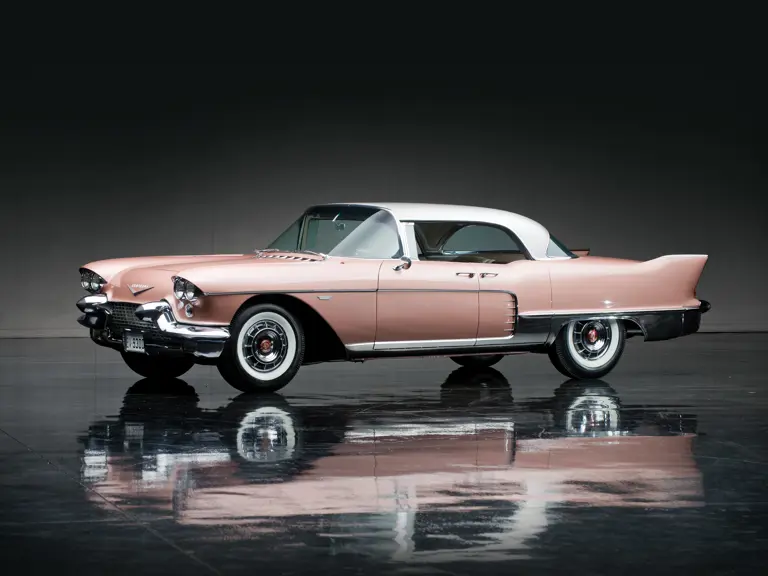
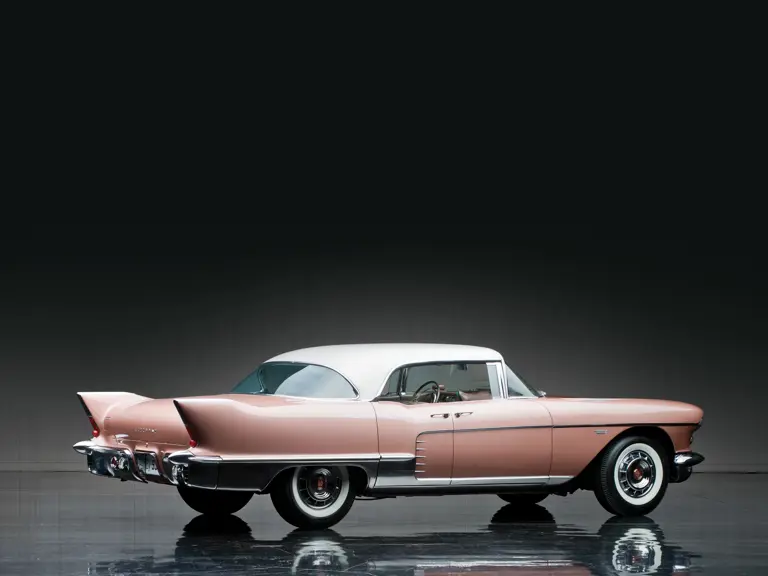
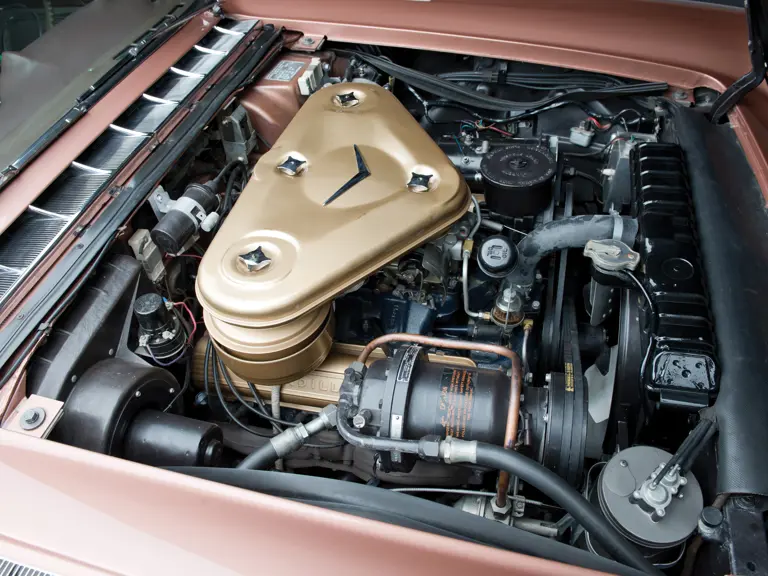

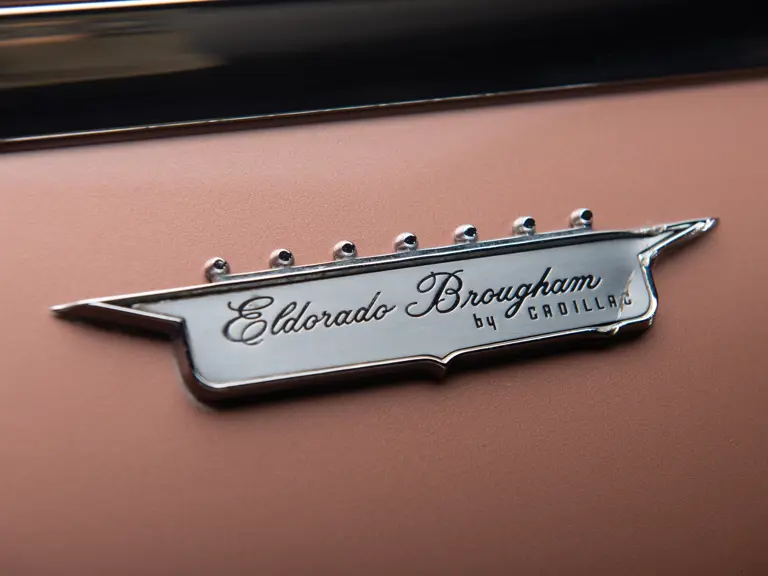
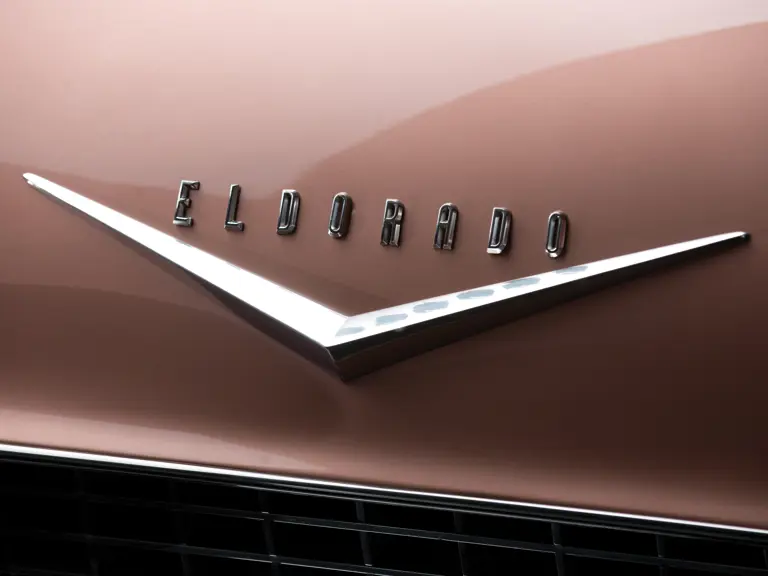
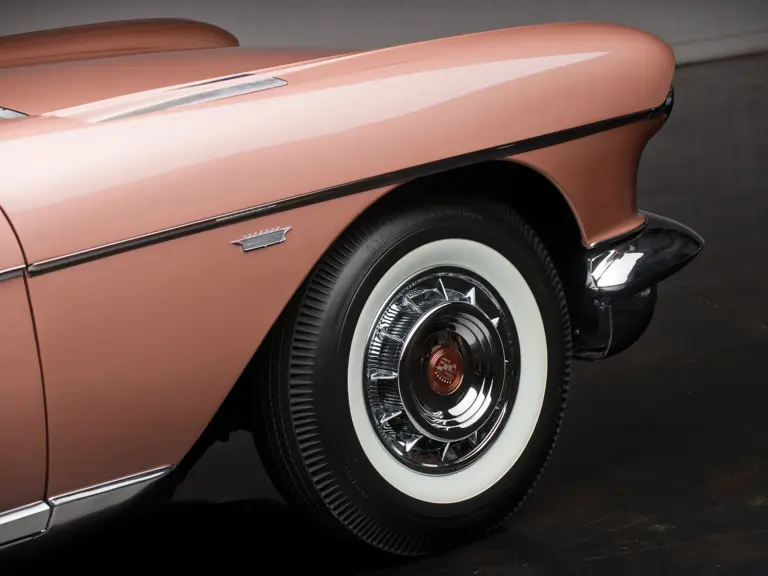
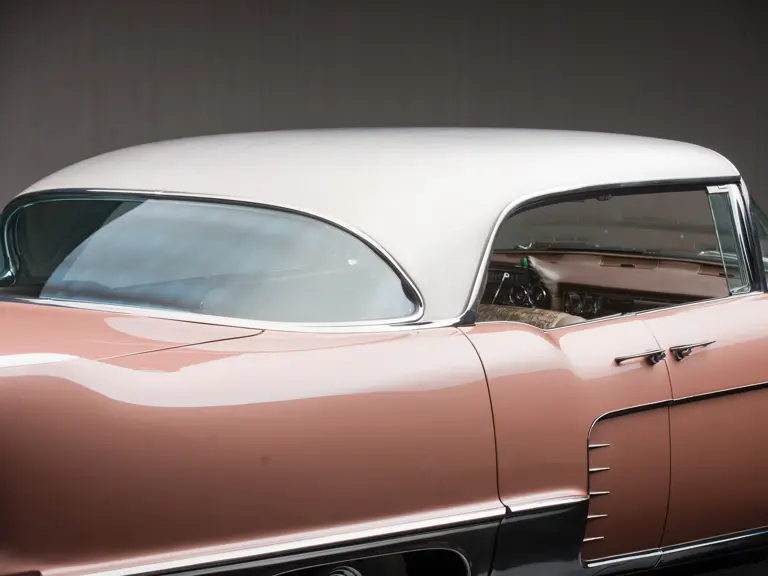
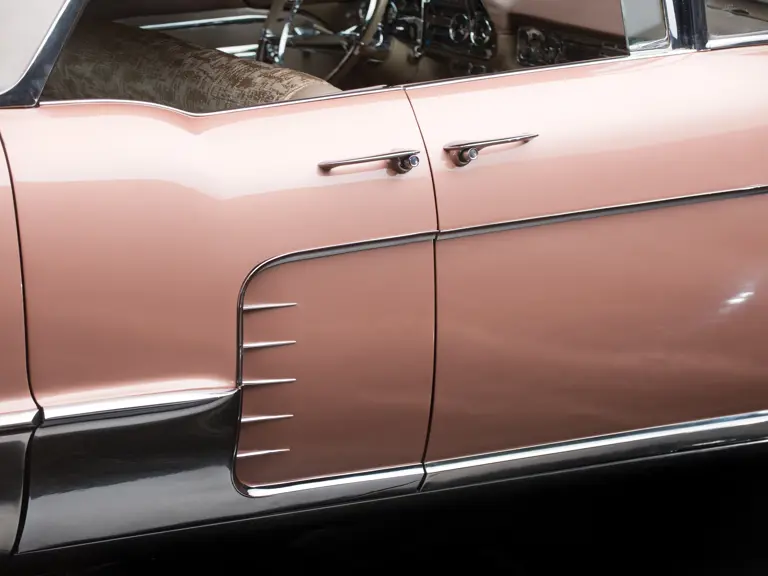
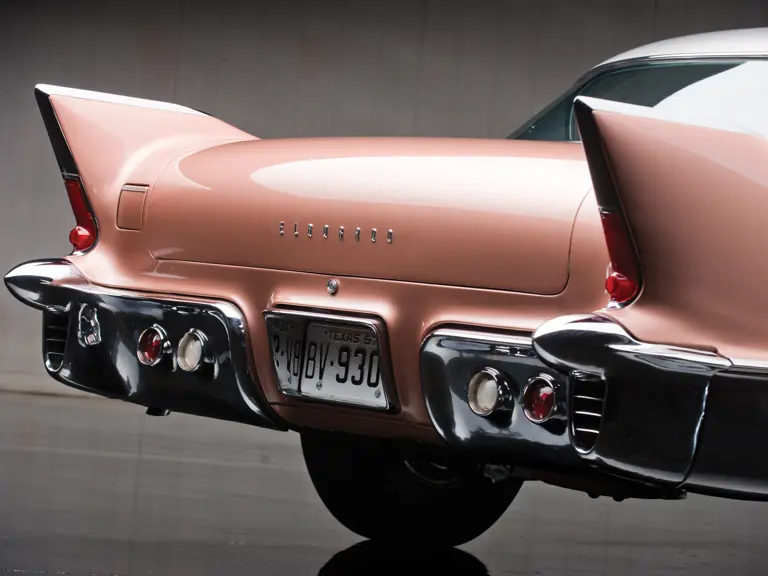
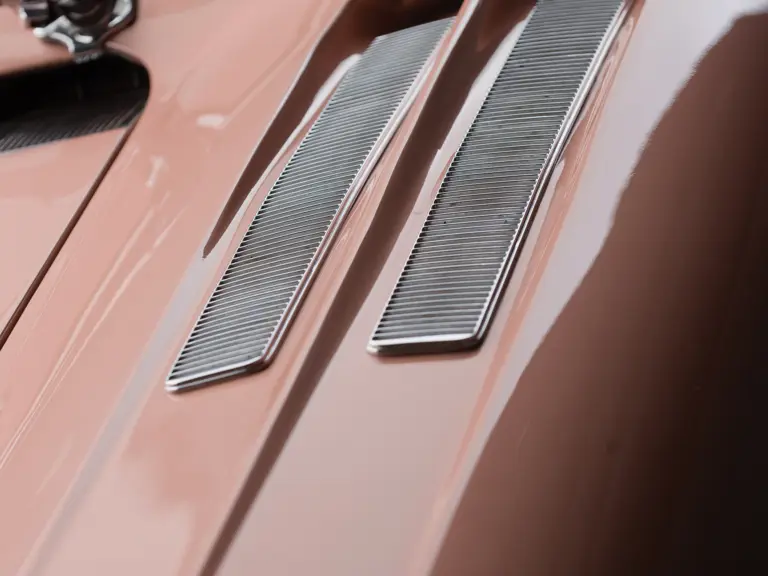

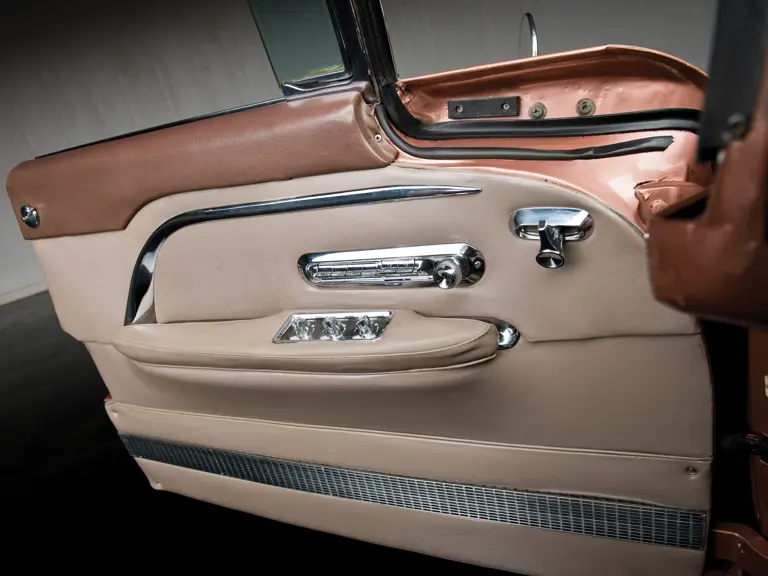
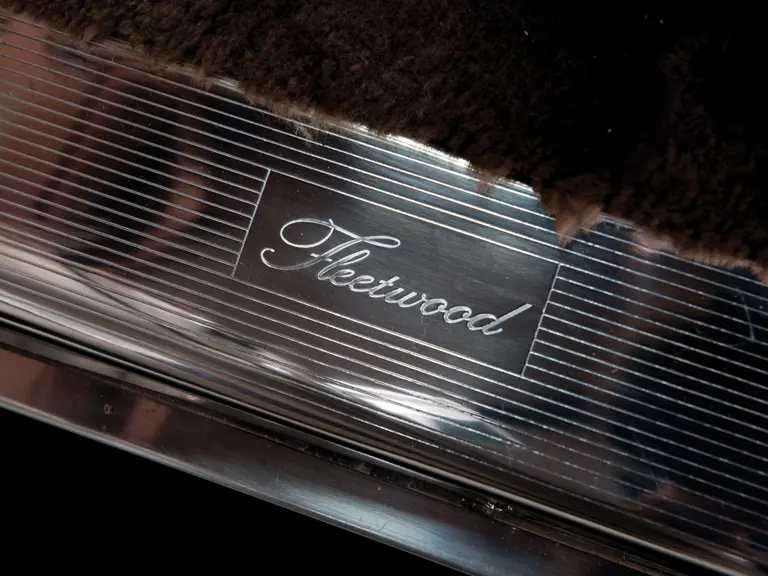
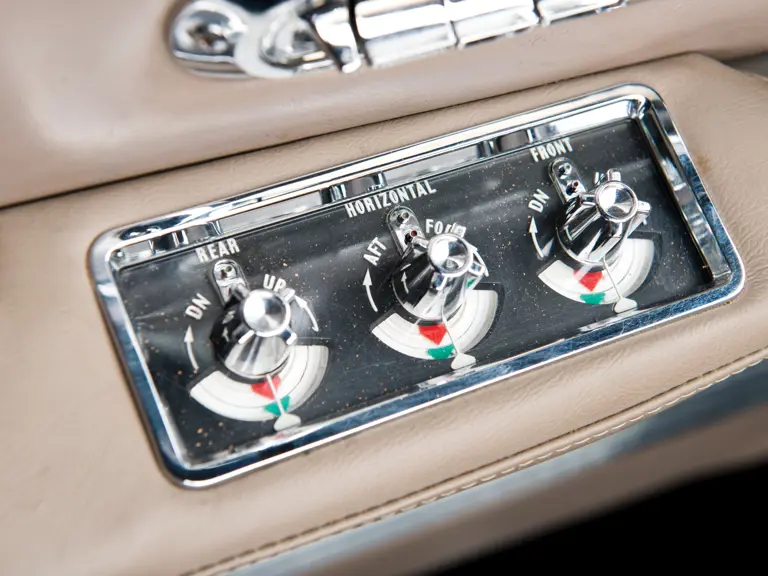
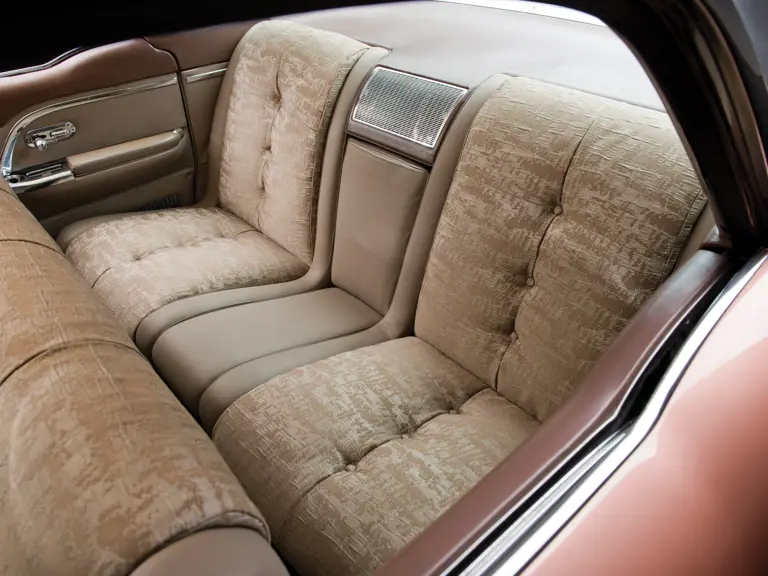
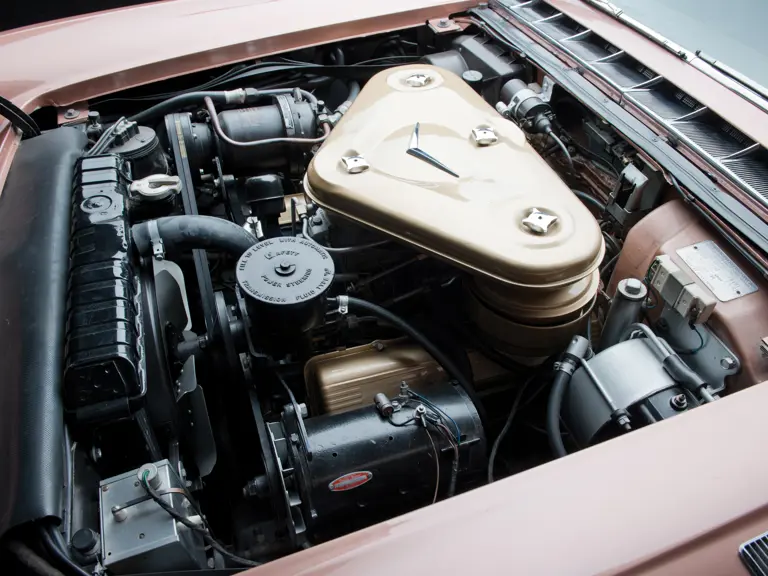
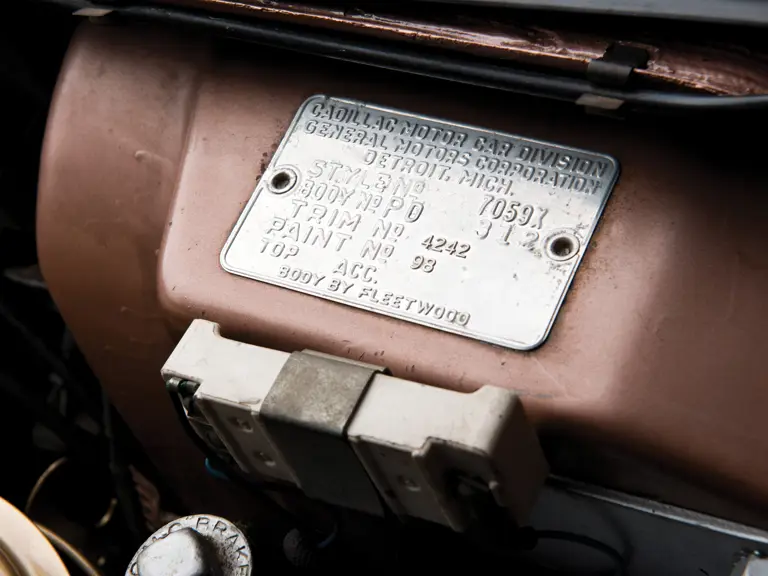

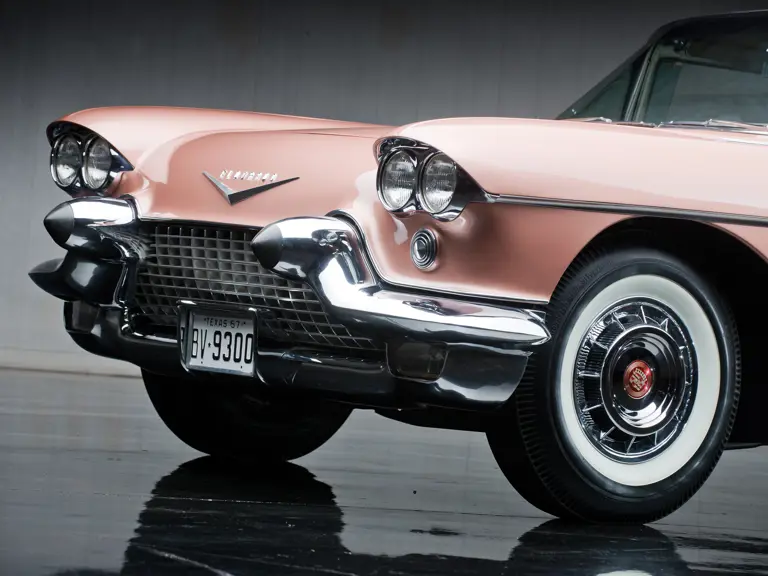
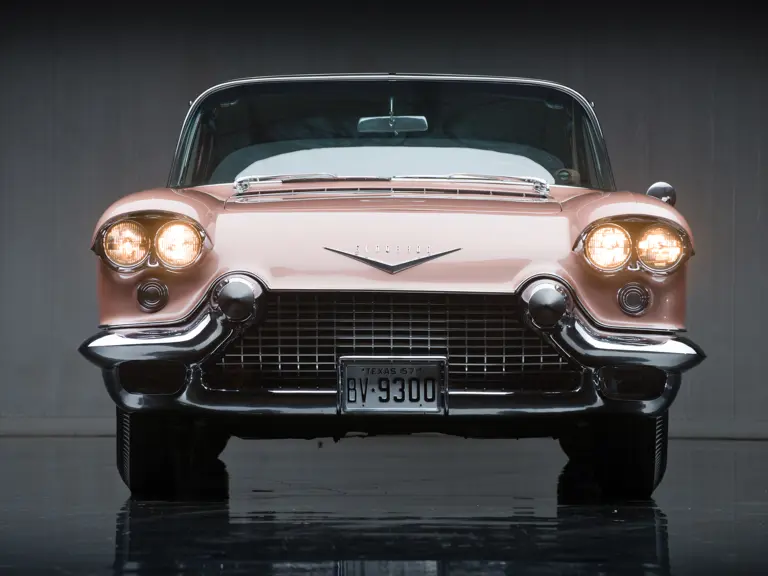
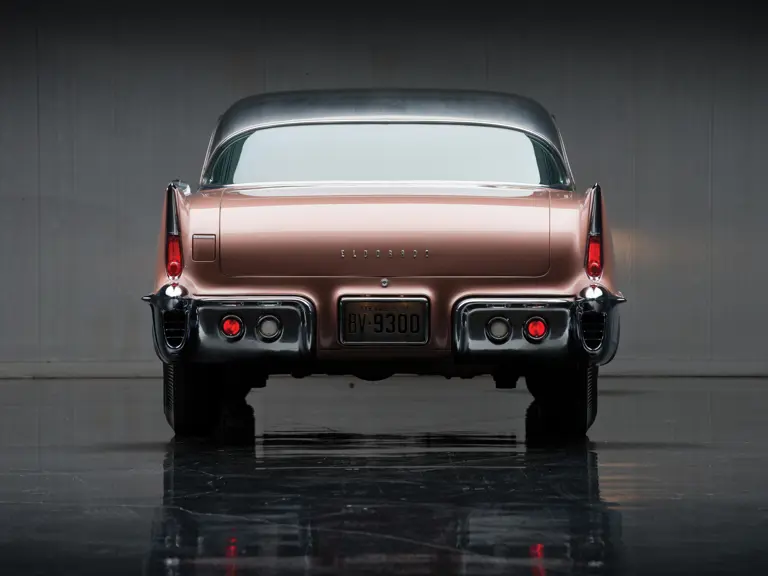

 | Fort Worth, Texas
| Fort Worth, Texas
